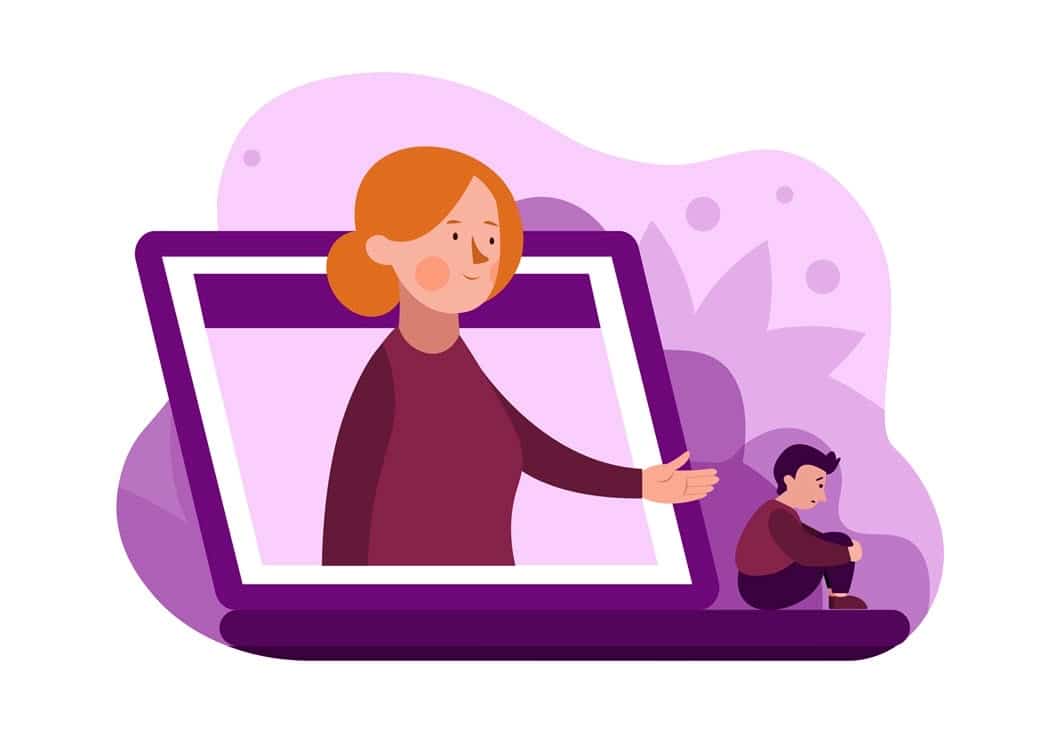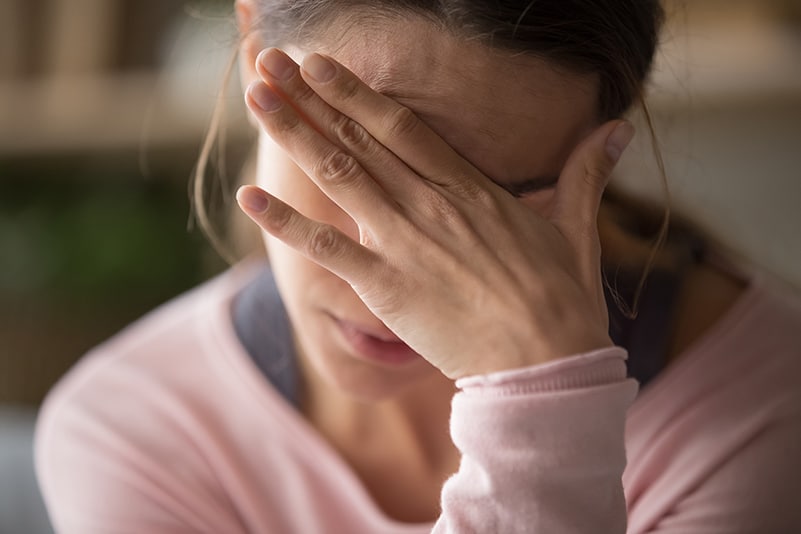Summary
Video or phone visits for mental health and substance use continue to rise. In-person mental health care will always be essential, but with the rise in telehealth usage, people have more options
Although telehealth existed before COVID-19, it accounted for less than 1% of outpatient visits. During the global pandemic, telehealth use skyrocketed. Today, video or phone visits for mental health and substance use continue to rise.
In a survey conducted by the American Psychology Association, 96% of psychologists who responded said that telehealth is therapeutically effective. The number of clinicians using telehealth with at least some patients has grown from 33% in 2020 to 50% in 2021. Research shows that online therapy for various mental health conditions can be just as effective as in-person therapy.
Securing child care or transportation for an office visit may not be feasible for everyone, and in some instances, a mental health condition may make it difficult to leave home.
Virtual care may not be the right choice for people experiencing severe or complex symptoms of mental health or substance use conditions; those may require urgent and direct care.
Most insurance companies now cover telehealth services for mental health care. You can contact your insurance company to see what services are covered and how you can utilize them. Many insurance companies have online directories of providers who offer telehealth services.
Before your appointment, ensure that the technology you will be using is compatible with your computer or phone and that you are comfortable using it.
In-person mental health care will always be essential, but with the rise in telehealth usage, people have more options to get the help they need from the comfort of their own homes.
Suicide prevention line now three digits
To address the rising need for suicide prevention and support those in crisis, a national dialing code of 988 went live July 1 for America’s suicide prevention and mental health crisis lifeline.
The new three-digit dialing code is free to use and confidential. People who call or text 988, or chat on 988lifeline.org, will be connected to trained counselors who are part of the existing National Suicide Prevention Lifeline network.







